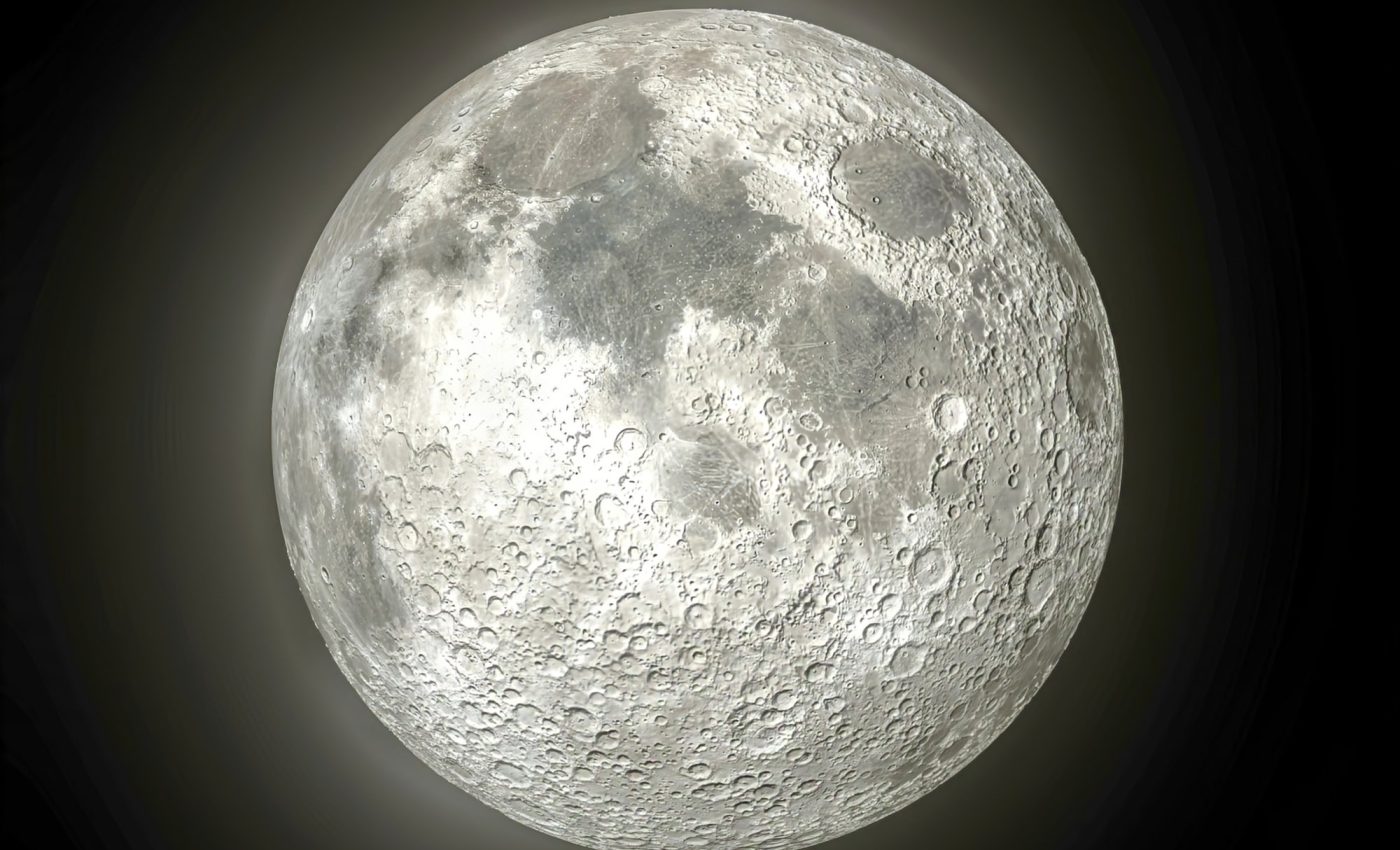
How did the moon get its atmosphere, and where did it go?
The moon’s elusive atmosphere, a tantalizing enigma, has puzzled astronomers and amateur stargazers for decades. Even though it lacks breathable air, the moon boasts a thin film of atoms skittering across its craggy surface.
Known in scientific circles as an “exosphere,” this tenuous atmosphere has become a hotbed of intrigue since it was first recognized in the 1980s.
A recent study led by Nicole Nie, an assistant professor in MIT’s Department of Earth, Atmospheric, and Planetary Sciences, has revealed unique insights into the Moon’s atmosphere. Alongside her team from the University of Chicago and NASA Goddard Space Flight Center, Nie braved the lunar enigma.
Meteorite impacts moon’s atmosphere
Nie’s team used an ingenious method to draw a cogent conclusion about the moon’s exosphere. They established that this elusive atmosphere owes its existence chiefly to a process called “impact vaporization.”
This cosmic spectacle unfolds when meteorite impacts on the moon’s surface turn certain atoms into gas, thus creating and sustaining the exosphere over billions of years.
The researchers analyzed lunar soil samples from NASA’s Apollo missions – an invaluable testament to the moon’s turbulent history marked by incessant meteorite bombardments over its 4.5-billion-year existence.
LADEE: The lunar sentry
To understand the birth and sustenance of the moon’s exosphere, NASA dispatched the Lunar Atmosphere and Dust Environment Explorer (LADEE) in 2013.
Armed with a mission to scrutinize the moon’s atmosphere, LADEE’s findings sparked more questions than answers. For instance, the spacecraft found an interesting pattern: the moon’s exosphere tended to ebb and flow depending on its position in orbit around Earth.
This observation led NASA scientists to believe that not only meteorite impacts but also solar wind – the constant stream of charged particles from the sun – may play a role in shaping the moon’s atmosphere.
Scrutiny of lunar soil
Nie’s team turned their attention back to lunar soil, a treasure trove of clues about the moon’s past.
The scientists identified two vital, easily vaporizable elements from the Apollo soil samples – potassium and rubidium. Expecting isotopic variations in these elements to pinpoint the primary process behind the moon’s atmospheric creation, the team geared up for an extended analysis.
Their rigorous examination involved pulverizing the soil into dust, dissolving it in acids, and finally, running it through a mass spectrometer. The outcome? A revelation – impact vaporization was the primary force driving the moon’s atmospheric creation.
Moon’s elusive atmosphere
“With impact vaporization, most of the atoms would stay in the lunar atmosphere, whereas with ion sputtering, a lot of atoms would be ejected into space,” explained Nie.
“From our study, we now can quantify the role of both processes, to say that the relative contribution of impact vaporization versus ion sputtering is about 70:30 or larger.”
The results suggest that meteorite impacts have shaped 70 percent or more of the moon’s atmosphere, with solar winds accounting for the residual 30 percent.
Significance of the study
“The discovery of such a subtle effect is remarkable, thanks to the innovative idea of combining potassium and rubidium isotope measurements along with careful, quantitative modeling,” said Justin Hu, a postdoc who studies lunar soils at Cambridge University, who was not involved in the study.
“This discovery goes beyond understanding the moon’s history, as such processes could occur and might be more significant on other moons and asteroids, which are the focus of many planned return missions.”
Viewing the universe in a new way
Nie and her team’s groundbreaking work cracks open a new avenue of astronomy. “Without these Apollo samples, we would not be able to get precise data and measure quantitatively to understand things in more detail,” said Nie.
“It’s important for us to bring samples back from the moon and other planetary bodies, so we can draw clearer pictures of the solar system’s formation and evolution.”
The moon’s atmosphere, long ensnared in mystery, now steps into the light, thanks to the relentless pursuit of knowledge by Nie and her team. As we navigate the cosmic ocean, what other mysteries lurk in the shadows, waiting for us to shine a light on them?
The study is published in the journal Science Advances.
—–
Like what you read? Subscribe to our newsletter for engaging articles, exclusive content, and the latest updates.
Check us out on EarthSnap, a free app brought to you by Eric Ralls and Earth.com.
—–













